When shooting portraits, I am most afraid that the facial features of the Model will be flat, and there is no memory. With the right light, you can create a unique portrait photo.
When shooting portraits, the first requirement is accurate exposure, otherwise the complexion will be dark, and the audience may be confused and unable to find the subject of the picture. If you use the right light, you should also pay attention to the performance of the model skin. Some people’s faces are oily, there will be too much reflection, which will destroy the overall beauty.
In addition to this, we will also tell you how to use light to perform micro-shaping on the face! how should I do it?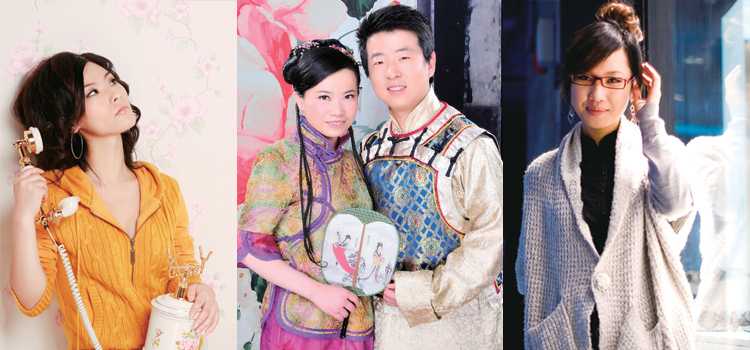
Table of Contents
Aim at the mid-gray position of the person’s face for metering
The correct exposure is the basis for shooting portraits. When shooting, the person’s face should be metered according to the lighting environment of the scene to ensure the correct exposure. Set various parameters according to the metering value, and combine the composition, shooting angle, and the intention of the photographer to express to get the ideal picture effect.
In the picture, the photographer accurately metered the light in the gray position of the subject’s face, and obtained the picture effect of normal exposure. At the same time, the large aperture of F3.5 reduces the depth of field of the picture, and the background foreground is blurred, which enhances the sense of space of the picture.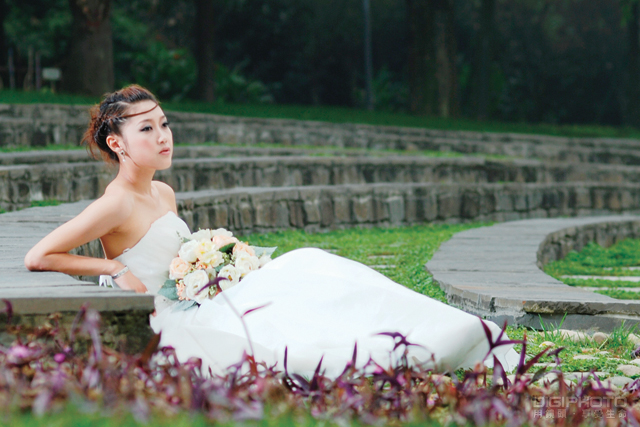
Avoid excessive skin reflection
Shooting people, especially women, usually express the feminine beauty and delicate skin. Because everyone’s skin is different, there is often reflections due to oily skin during shooting. In the process of using lighting, avoid excessive reflections from destroying the effect of the picture. However, photographers can use a small amount of reflections on the model’s skin to create a highlight effect and improve the three-dimensional sense of the face.
To capture the vivid expressions of young girls, the photographer uses natural light to fill up the young girls’ faces. Take a lower shooting angle from the side to avoid excessive reflections on the skin.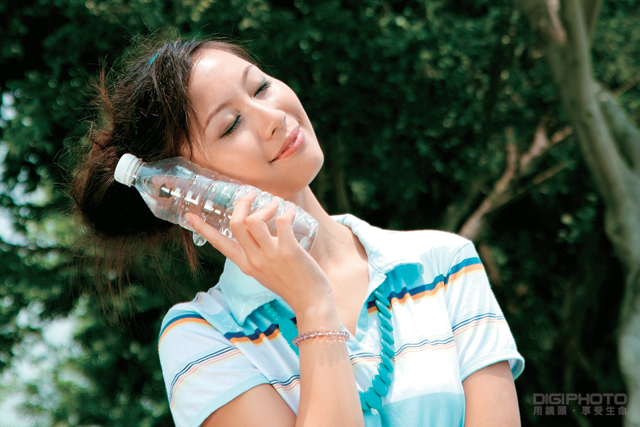
Front side light makes the face shape more standard
The front side light is a kind of photography modeling light, also called oblique light. It refers to a horizontal angle of about 45° between the direction in which the light is projected and the subject and the camera. The front side light is more in line with people’s visual habits in daily life. Using the front side light to shoot people can well show the texture of the subject’s skin, making the picture richer and more three-dimensional. In particular, it can highlight the exquisite shape of the face.
The face shape of the girl who used the front side light to shoot is more standard, and the three-dimensional effect is strong. At the same time, the use of props enhances the visual effect of the picture.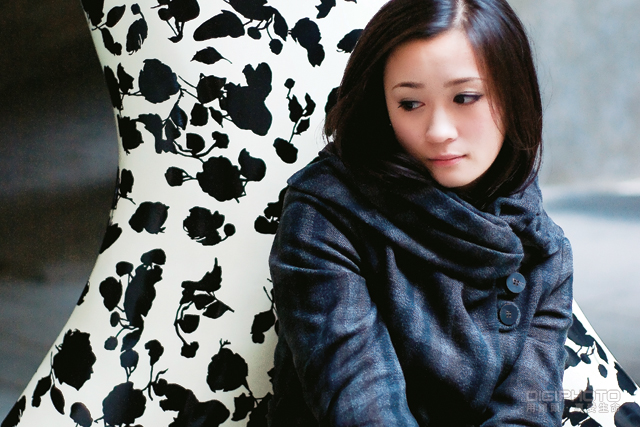
Side light highlights the character’s personality
The side light, that is, the light from the left or right side of the subject, is at a horizontal angle of about 90° with the subject and the camera. This kind of light can produce a clear and strong contrast effect, making the shadows produced by the picture slender and expressive, and at the same time making every small ridge of the character’s face produce obvious shadows.
Using side-light photography, a stronger modeling effect can be obtained. In portrait photography, side light is often used to express the emotions of the characters, highlighting the personal characteristics of the characters. Sometimes the side light is also used as a decorative light to highlight certain details of the picture.
The photographer uses the side light shining from outside the window to take pictures of people. The character’s face has a strong contrast between light and dark, and the contrast is obvious, with obvious shadows, which makes the character’s personality more prominent.
Rembrandt’s lighting method shows the character’s perseverance
The Rembrandt lighting method is a lighting method obtained by the photographer based on the lighting method of the famous painter Rembrandt. The biggest feature of Rembrandt lighting is that it will form a triangular spot on the cheek of the character that receives less light. It can highlight the three-dimensional sense of the nose, emphasize the skeletal structure of the character’s face, and express the character’s sense of perseverance, personality, and melancholy. When lighting, a triangle spot can be formed by irradiating from a slightly side angle and higher position of the person’s face.
The light shines from a higher position on the right side of the character, forming a triangular spot on the left cheek of the character. The Rembrandt lighting method creates more shadows on the character’s nose, and the face has a strong sense of three-dimensionality.
Butterfly lighting highlights the delicate facial features
The butterfly lighting method will form a butterfly-shaped shadow on the underside of the character’s nose, and there are very few shadows in other locations. The butterfly lighting method is suitable for expressing women, and is conducive to highlighting the delicate features of the characters. It should be noted that the butterfly lighting method is not suitable for subjects with high cheekbones or thin faces.
The main light is located at the high light position to form a butterfly-shaped lighting, and the bottom light is used as an auxiliary light to reduce the shadows of the characters’ faces. The butterfly-shaped lighting can highlight the structure of the character and express the delicate feeling of the character’s facial features.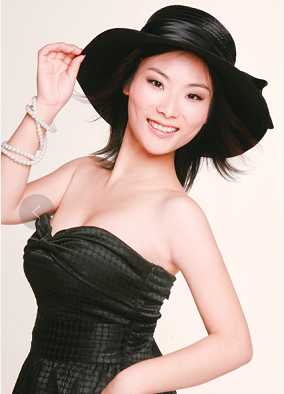
Flash makes people’s faces cleaner
Flash can be used as a way to increase exposure. The use of flash not only enhances the brightness of the picture, but also increases the shutter speed. When shooting people, the flash can also be used as the main source or auxiliary light source to express the delicate skin of the subject, make the face appear purer, and show the expression of the person.
When using flash to shoot people, you need to pay attention to the angle of lighting. The flash is mostly hard light, usually suitable for the performance of male figures. When shooting female characters, you need to select the lighting angle of the flash in combination with the surrounding light environment for shooting.
For portraits taken indoors, while the flash is used to enhance the brightness of the picture, the skin texture of the faces of the people also appears more delicate.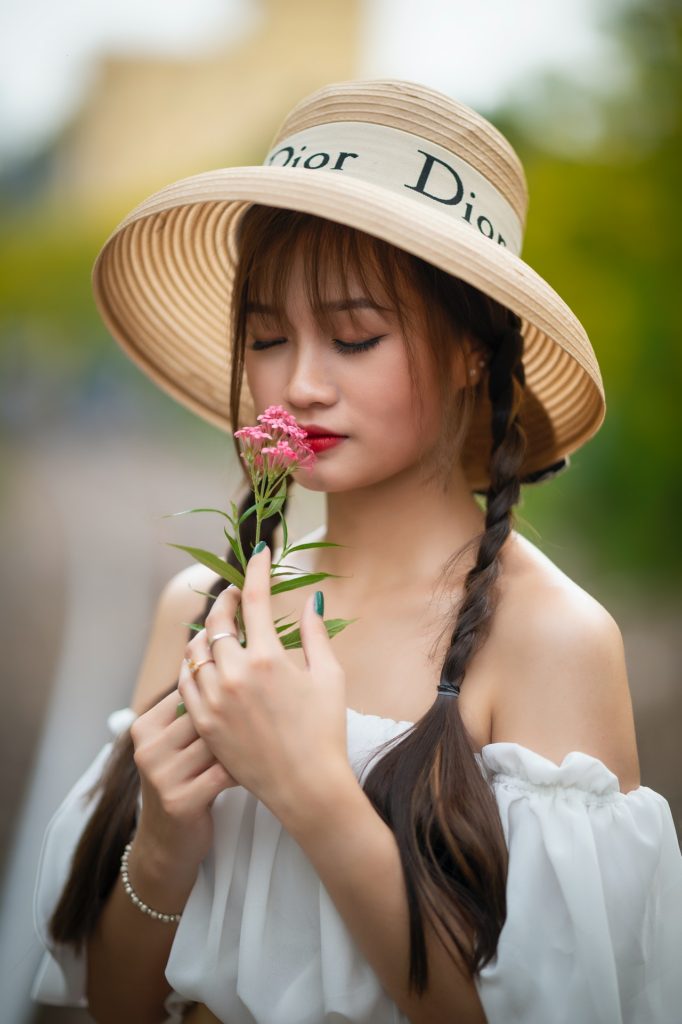
Slow flash synchronization for indoor portraits
Slow flash synchronization is a shooting technique in which the flash and the camera cooperate with each other. Using this method to shoot indoor portraits can more effectively express the personality characteristics of the characters. In different situations, different flash modes can be used according to the photographer’s shooting intention. Normally, second-curtain sync is more suitable for dynamic images, while still images of people can use front-curtain sync flash, which flashes after the shutter is fully opened.
Using slow flashing lights to synchronously shoot indoor portraits. Under the pure color background, the character’s modeling characteristics are realistically presented, and the expressions appear more vivid.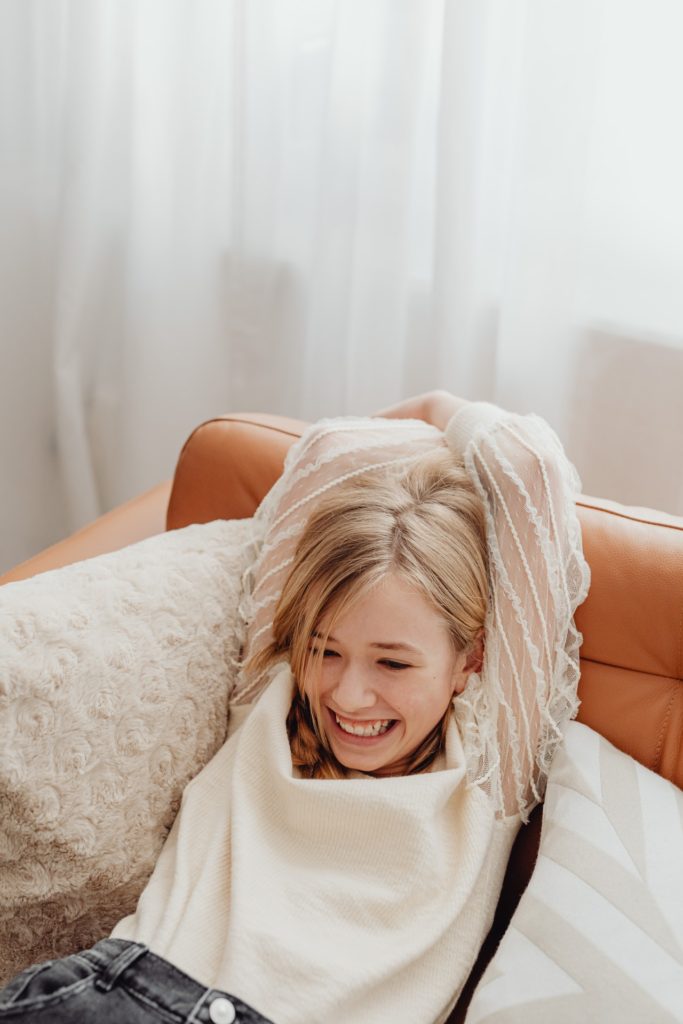
Master the lighting of portrait photography in the studio
Indoor portrait photography lighting methods generally require three light sources. If conditions permit, five light sources are better.
First, determine the light position of the main light, and then supplement the light with auxiliary light in the reverse and lateral directions of the main light. The intensity and irradiation area do not exceed the main light, so the main light is soft.
The second is the background light, which is used to distinguish the subject from the background. In addition, it can also be combined with hair light, eye light and other modifier lights to express details. At the same time, adding a reflector to some places that need to fill light can also show a richer picture effect.
In the shooting, a simple indoor studio lighting is used to enhance the expressiveness of the characters. Combined with the use of background, the main character is highlighted. The use of props also brings out the atmosphere of the shooting scene.
(To Be Continued)